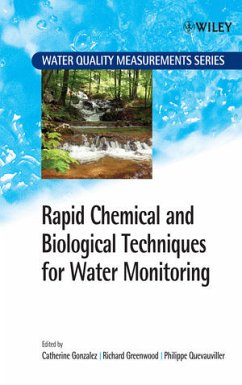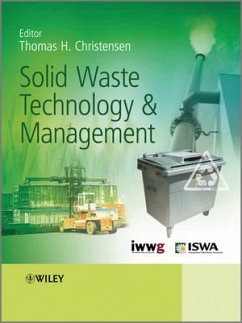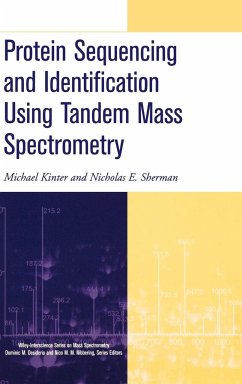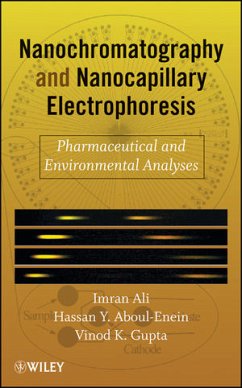
Troubleshooting the Sequencing Batch

PAYBACK Punkte
31 °P sammeln!
For years, operators have learned that they have little control over lagoon and fixed film sewage treatment systems. Tested in short-course situations by the author over the last fifteen years, this guide gives operators a new understanding of how wastewater treatment processes with lagoons and fixed films function, and demonstrates that operators can have greater control over them than previously thought. It directs the material at operators instead of design and consulting engineers, while reducing the jargon, chemical equations, and kinetics; and provides necessary information for understanding biological conditions at the treatment process.
The practical guide on what to do right when biological influences cause a sequencing batch reactor to go wrong This richly illustrated, straightforward guide carries forth the legacy established by previous editions in the Wiley Wastewater Microbiology series by focusing attention on the mixed gathering of organisms cohabitating within a sequencing batching reactor (SBR), and the key roles their biology plays in this wastewater processing tank's function. With a clear, user-friendly presentation of complex subject matter, Troubleshooting the Sequence Batch Reactor first teaches plant operators how to differentiate the positive and expected organismal dynamics present in optimal SBR performance from the negative and damaging ones that create unhealthy sludge, and a stoppage in SBR operations. Next, Troubleshooting the Sequence Batch Reactor delivers all the tools necessary to get an SBR back on track and running safely. In this book you'll get: * Short-course situations tested by the author for the past fifteen years * Accessible material aimed at operators instead of design and consulting engineers * Essential information for understanding biological conditions such as aerobic, anoxic, and anaerobic/fermentative at the treatment process * Examination of the properties of protozoa (single-celled) and metazoa (multi-celled) organisms, and their significance in wastewater treatment Devoid of overwhelming scientific jargon, chemical equations, and kinetics, this book simplifies details to provide quick instruction for plant operators on how to make more informed day-to-day process control decisions, how to troubleshoot confidently when SBR conditions become compromised, and how to act decisively when the problem is ultimately identified.












